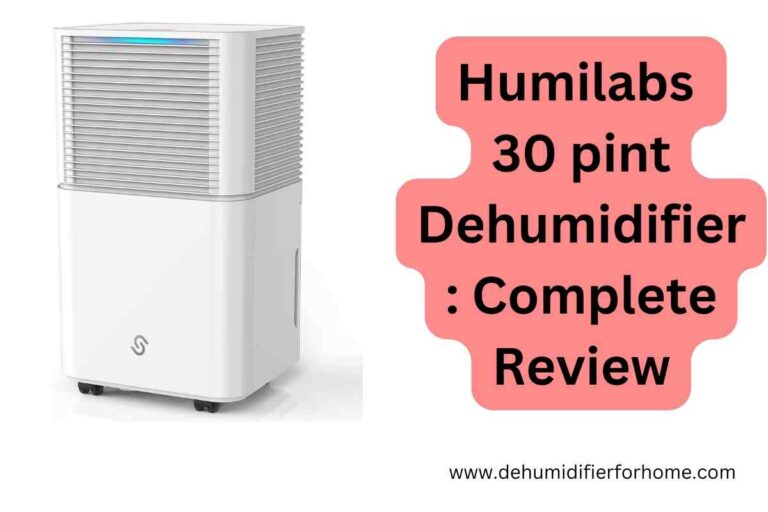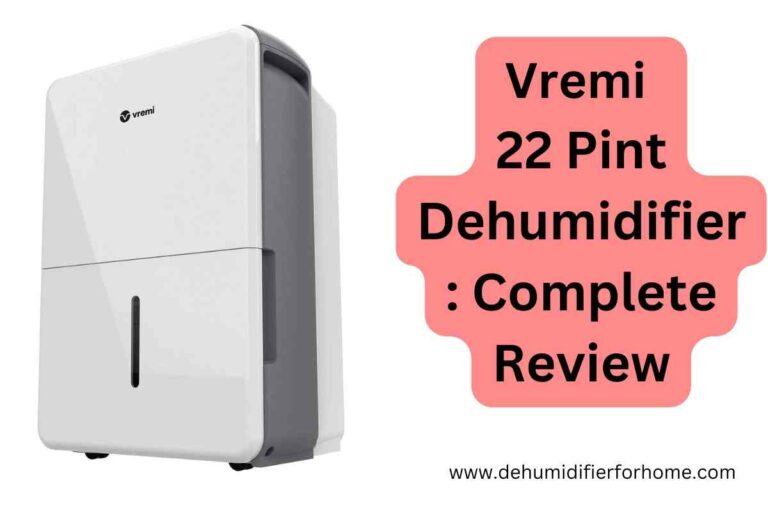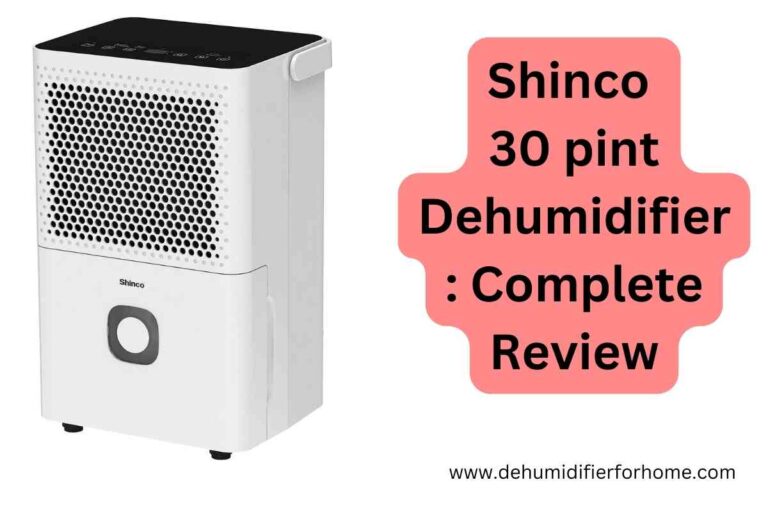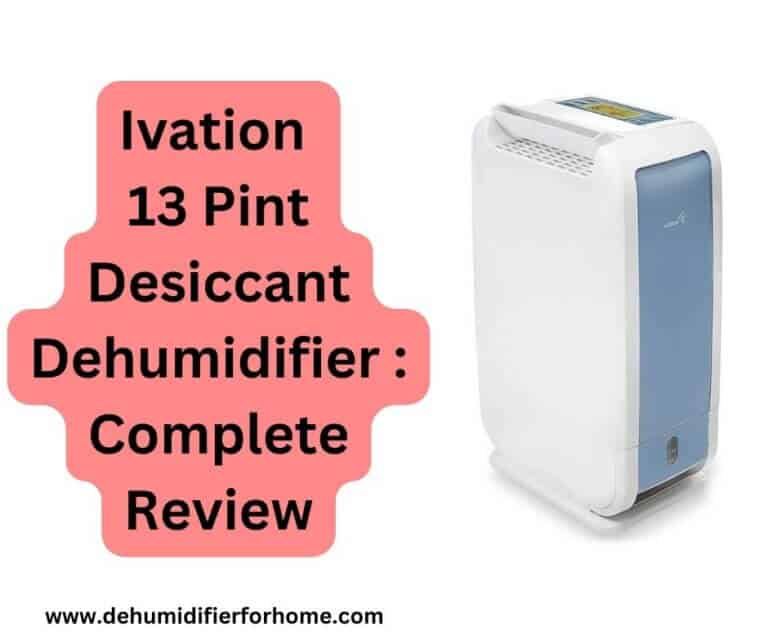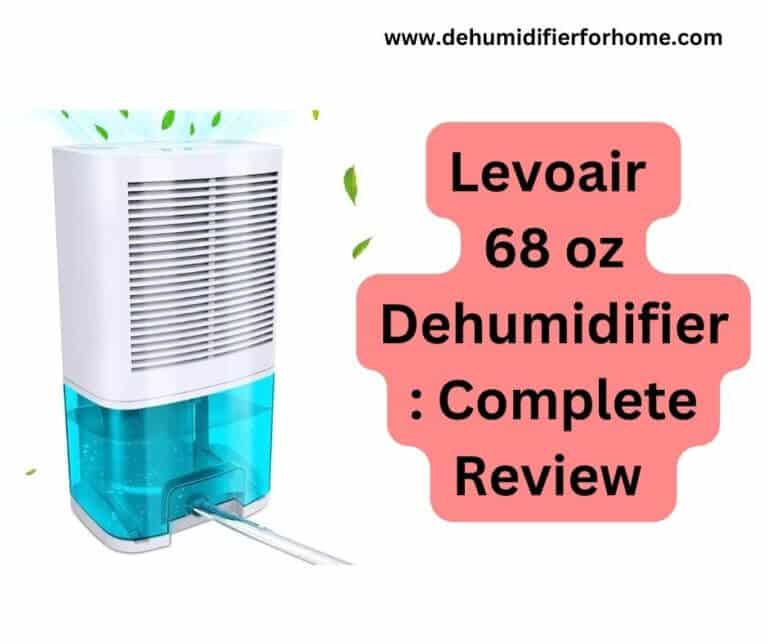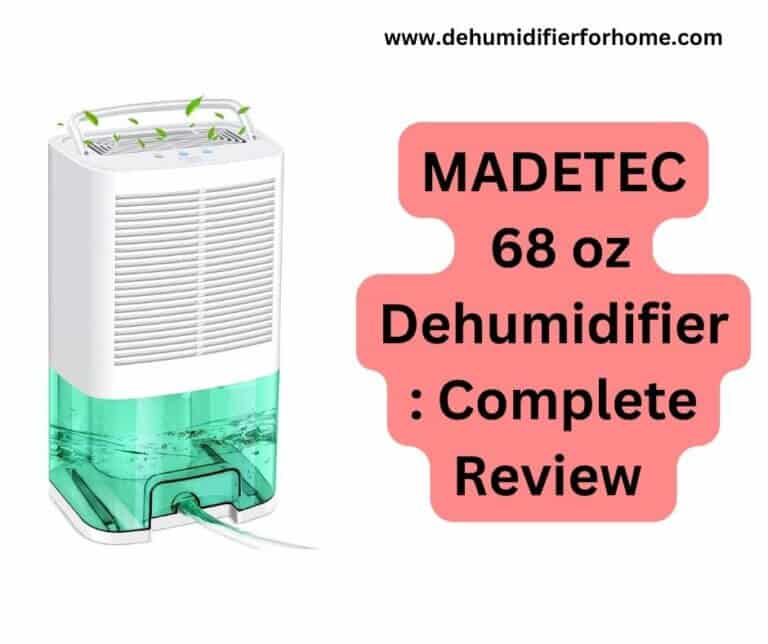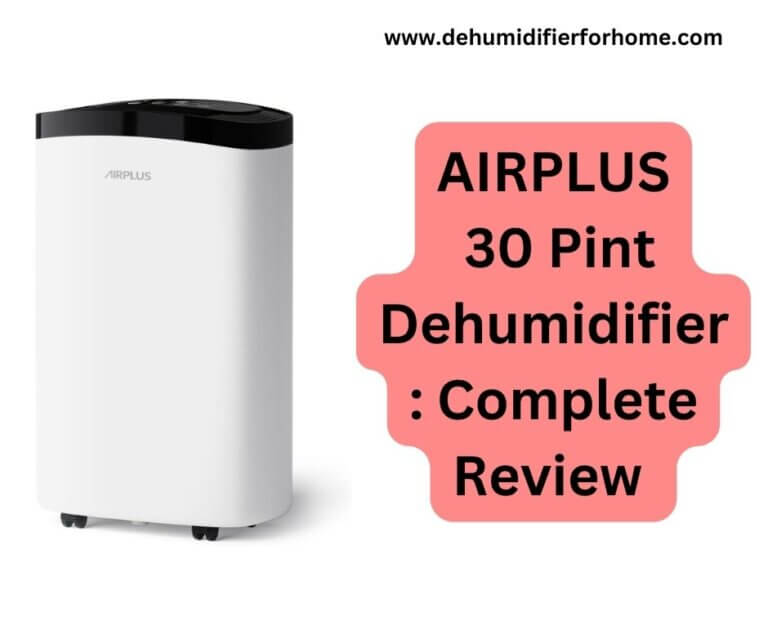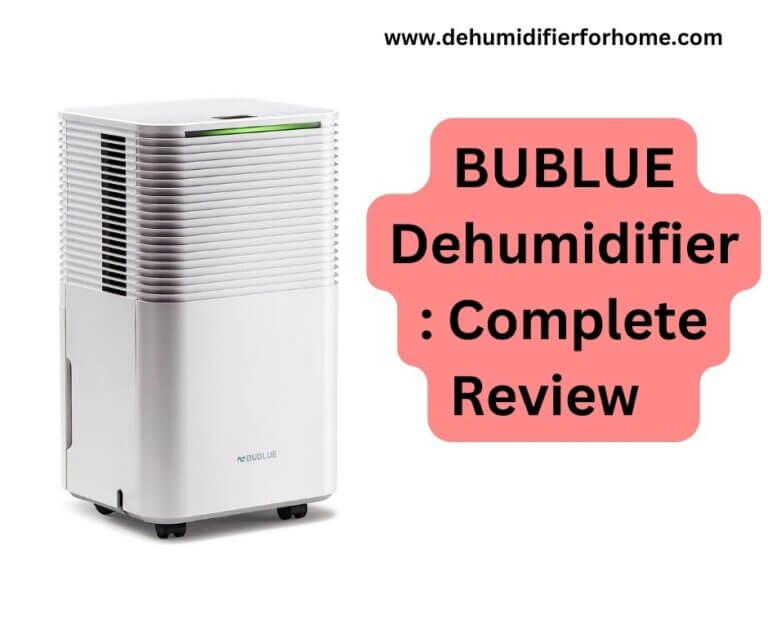Humilabs 22 pint dehumidifier : Complete Review 2023
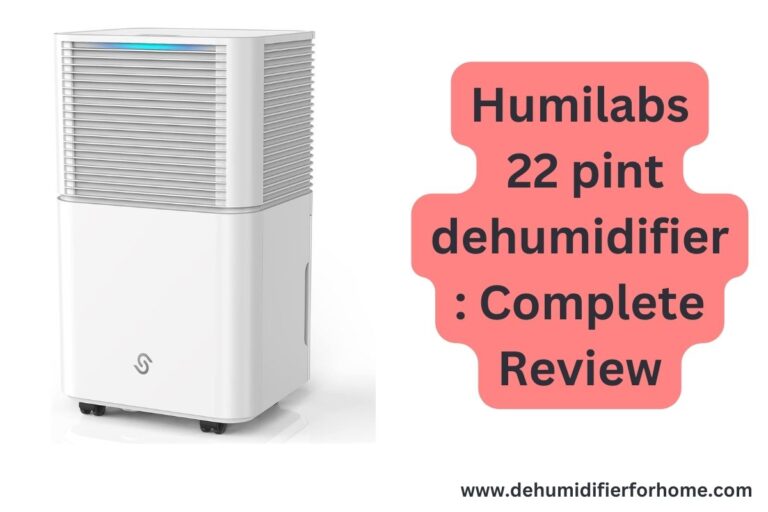
Hey there, fellow homeowners and humidity battlers! Are you tired of that sticky, damp feeling in your home? Is your basement starting to resemble a tropical rainforest? Well, worry no more because I’ve got the perfect solution for you! Let…





